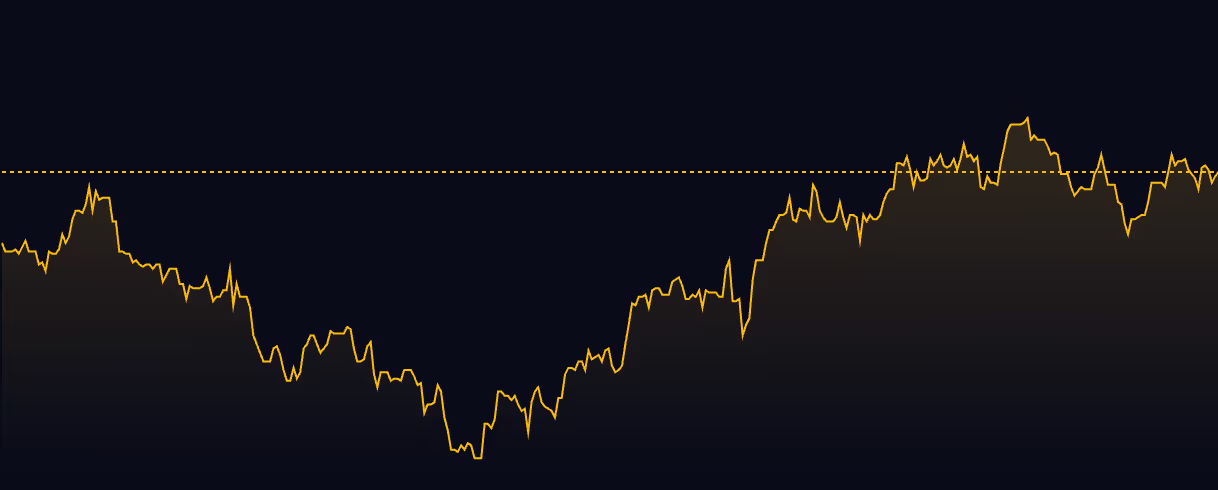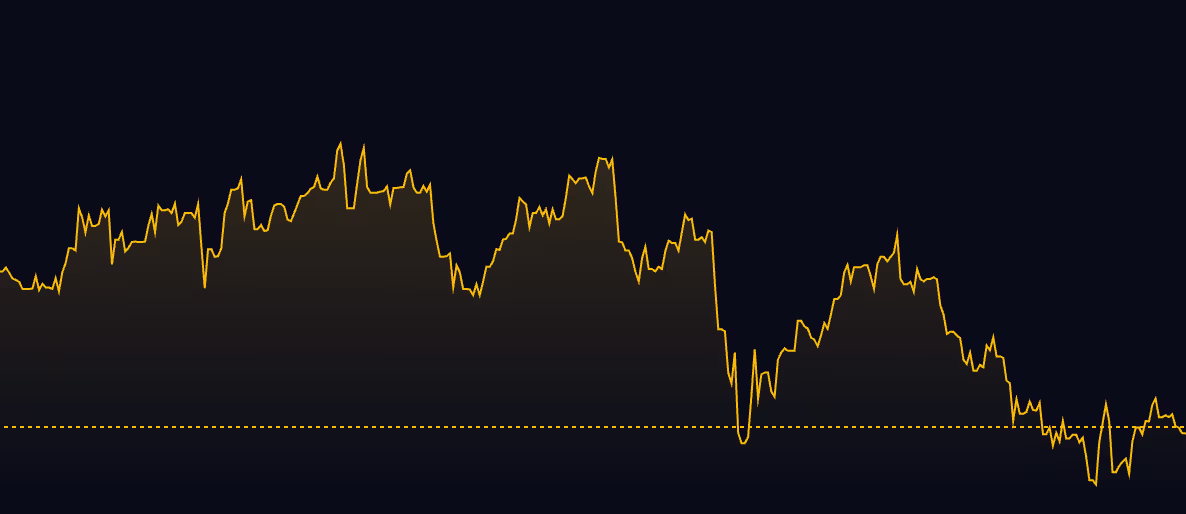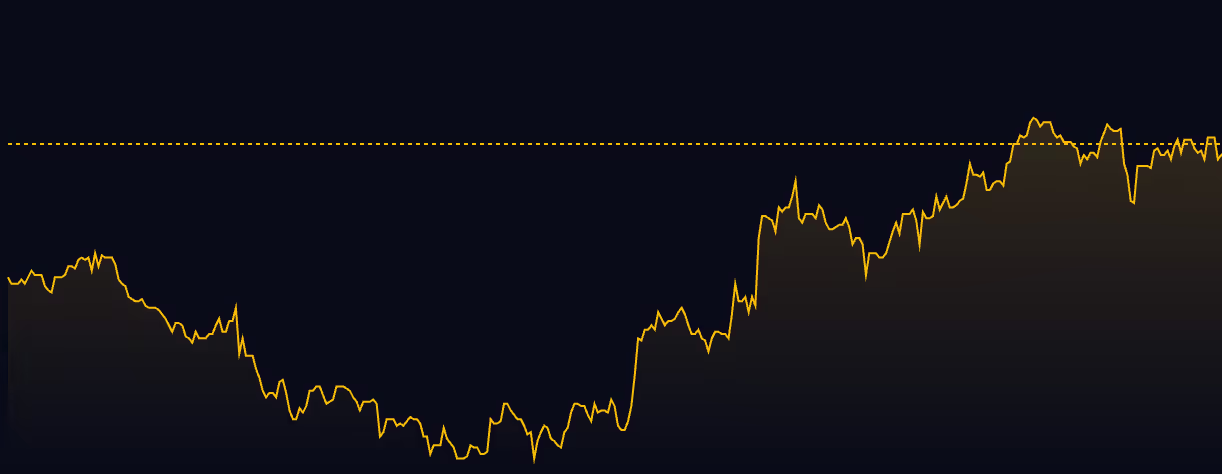When is the next Halifax HPI published?
The next Halifax House Price Index (HPI) is scheduled for release on Tuesday, 7 October, 2025 at 07:00 UTC.
The Halifax House Price Index (HPI) is a key barometer of annual property price growth in the UK, based on Halifax mortgage transaction data, and has been calculated since January 1983.
What is Halifax HPI?
The Halifax House Price Index (HPI) is a key measure of UK house price trends, published monthly by Halifax, part of Lloyds Banking Group. It is based on Halifax’s mortgage transaction data, offering insights from a large sample of property sales.
The index has been calculated since January 1983, providing a long-term view of the UK housing market. Each release reports monthly, quarterly, and annual price changes, along with the current average house price.
The Halifax HPI is widely used by economists, analysts, policymakers, and the media to gauge housing market health and broader economic conditions. It helps track affordability, market activity, and price trends over time.
- Produced by: Halifax (part of Lloyds Banking Group)
- Data source: Halifax mortgage approvals only
- Lag: ~1 month
- Best for: Trends in mortgage-funded transactions
What is the Halifax House Price Index release schedule?
The Halifax House Price Index (HPI) is released monthly, typically at 07:00 UK time.
See below for the upcoming release dates for 2025:
- Monday, April 7, 2025
- Thursday, May 8, 2025
- Friday, June 6, 2025
- Monday, July 7, 2025
- Thursday, August 7, 2025
- Friday, September 5, 2025
- Tuesday, October 7, 2025
- Friday, November 7, 2025
- Friday, December 5, 2025
These dates are confirmed by Halifax's Media Centre.
How often is the Halifax HPI updated?
The Halifax House Price Index (HPI) is updated monthly. Each update typically occurs in the first week of the month and reflects residential property price data from the previous month.
What is the annual growth rate of the Halifax house price index?
As of May 2025, the Halifax House Price Index (HPI) reports an annual house price growth rate of 2.5%, a decrease from 3.2% in April. The average UK property price declined by 0.4% month-on-month, settling at £296,648.
This slowdown in annual growth reflects a cooling market following a surge in activity earlier in the year, driven by buyers rushing to complete purchases ahead of the April stamp duty changes. Despite this, the housing market has shown resilience, with average prices down by just 0.2% since the start of the year.
Regionally, Northern Ireland continues to lead with the strongest annual growth at 8.6%, followed by Wales and Scotland, both at 4.8%. In contrast, London experienced more subdued growth, with prices rising by just 1.2% year-on-year.
The outlook for the housing market will depend on factors such as interest rate movements, income growth, and broader inflation trends. Lower mortgage rates and steady wage growth have helped support buyer confidence, but affordability remains a challenge.
What does HPI mean in mortgage?
In the context of mortgages, HPI stands for House Price Index. It is a statistical measure that tracks changes in the average prices of residential properties over time.
- Lenders use HPI to track housing market trends. Rising or falling property prices can influence mortgage lending decisions, mortgage affordability, and interest rates.
- HPI data also helps assess property values, affecting how much lenders and mortgage lenders are willing to offer.
- Movement in house price (house price increases or slowdown in house price) impact Loan-to-Value (LTV) ratios, which determine mortgage terms and borrowing limits.
Read more about the Land Registry HPI here: When is the next House Price Index published?
What is changing with Stamp Duty?
As of April 1, 2025, significant changes to Stamp Duty Land Tax (SDLT) have come into effect in England and Northern Ireland:
- General Property Purchases:
- The nil-rate threshold has been reduced from £250,000 to £125,000.
- Buyers now pay 2% SDLT on the portion of the property price between £125,001 and £250,000, and 5% on the portion between £250,001 and £925,000.
- First-Time Buyers:
- The nil-rate threshold for first-time buyers has decreased from £425,000 to £300,000.
- A 5% Stamp Duty Land Tax rate now applies to the portion of the property price between £300,001 and £500,000.
- Properties priced over £500,000 no longer qualify for first-time buyer relief and are subject to standard SDLT rates.
These adjustments mean that many homebuyers, particularly first-time buyers, will face higher SDLT liabilities. For example, a first-time buyer purchasing a property valued at £350,000 would now pay £2,500 in Stamp Duty Land Tax, whereas previously, no SDLT would have been due.
This publication is intended for general information purposes only and should not be construed as financial, legal, tax, or other professional advice from Equals Money PLC or its subsidiaries and affiliates.
It is recommended to seek advice from a financial advisor, expert, or other professional. We do not make any representations, warranties, or guarantees, whether expressed or implied, regarding the accuracy, or completeness of the content in the publication.




















